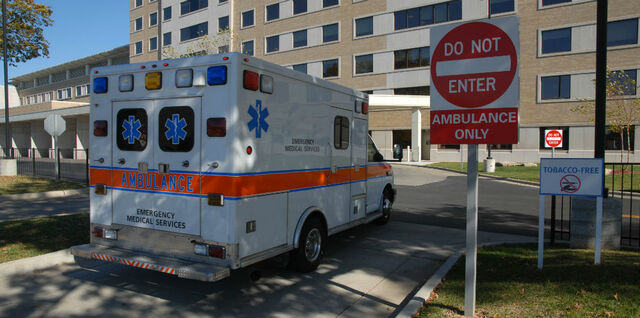
A new survey of hospital administrators reveals that patient safety falls only in the middle of their range of top concerns.
Preventable medical errors occur frequently, and they can be catastrophic. According to research, medical errors may be the third leading cause of death in the United States.
Preventable medical errors take many forms, including:
- Hospital-acquired infections
- Wrong-site surgery
- Medication administration mistakes
Each one can occur in a hospital, which makes the hospital administrator survey findings concerning.
In early February 2022, the American College of Healthcare Executives released the findings of its most recent survey of hospital CEOs. Hospital administrators were asked to rank 11 issues of possible concern. The lower the numerical ranking administrators gave to an issue, the higher their concern.
Staffing issues was the most pressing issue cited by hospital CEOs, with an average score of 1.6. Reorganization issues, such as mergers, received an average score of 9.4, making it their least concerning issue.
Patient safety received a score of 5.0. That’s just about the same score it received in the previous two surveys.
Hospital administrators also were asked to identify specific issues for each of their concerns. For patient safety, the administrators’ concerns included:
- Redesigning work environment to reduce medical errors
- Patient engagement in treatment
- Medication errors
- Engaging doctors in improving the hospital’s culture of safety
Hospital Administrators’ Role in Ensuring Patient Safety
While not medical treatment providers, hospital administrators can play a role in preventing serious medical errors in their facilities. They can – and should – develop a culture of patient safety that establishes delivering a standard level of care as the highest priority.
What is a hospital’s culture of patient safety? A culture of safety is important to many companies and many industries. Generally speaking, it refers to shared beliefs and a commitment within an organization to reduce harm in the workplace.
For hospitals this includes a set of established protocols that are designed to minimize, if not eliminate, serious preventable medical errors. They are established by hospital administrators, in collaboration with their medical staff.
Lack of Safety Culture Factor in Medical Errors Occurring
The Joint Commission, an agency that accredits U.S. hospitals, cites a hospital’s failure to develop a culture of safety as a contributing factor in many types of serious medical errors.
It also notes that hospital leadership must be committed to maintaining a culture of safety by continually promoting a set of values and specific steps that protect patients from harm caused by medical errors.
Part of a hospital safety culture, according to the Joint Commission, is creating an atmosphere of trust so that employees speak up freely about safety concerns, and healthcare providers are encouraged to learn from medical errors that are made.
When a patient is seriously injured from a medical error, hospital administrators and physicians may not be transparent as to what went wrong and why.
A medical malpractice lawyer who is experienced in conducting medical error investigations can help injured patients and their families uncover those answers, as well as obtain just compensation on their behalf.
The choice of a lawyer is an important decision that should not be based solely on advertisements.
Authored by Gray Ritter Graham, posted in Blog March 1, 2022

 RSS Feed
RSS Feed